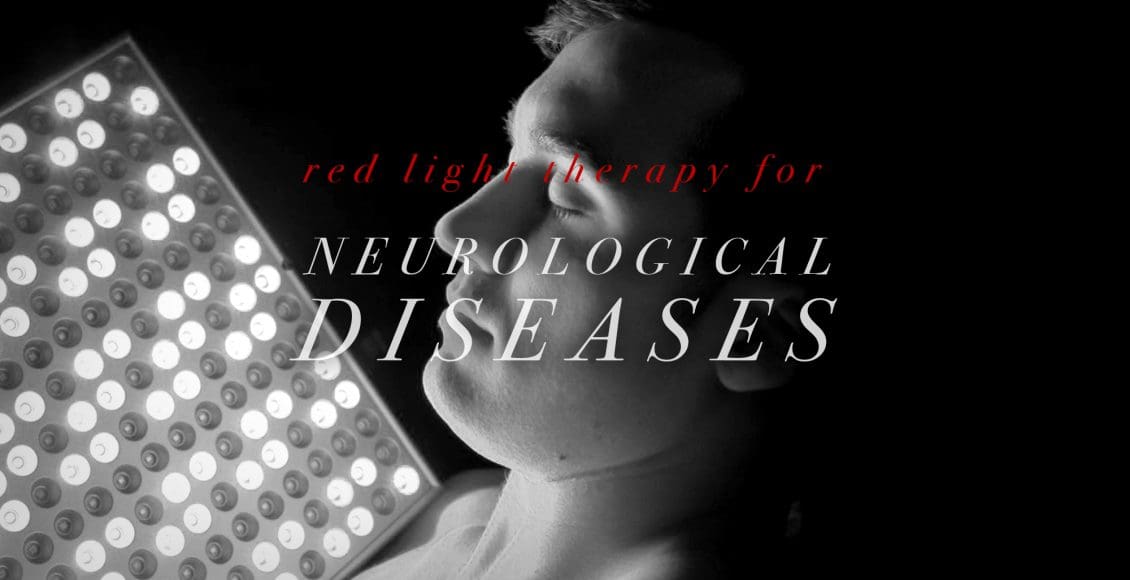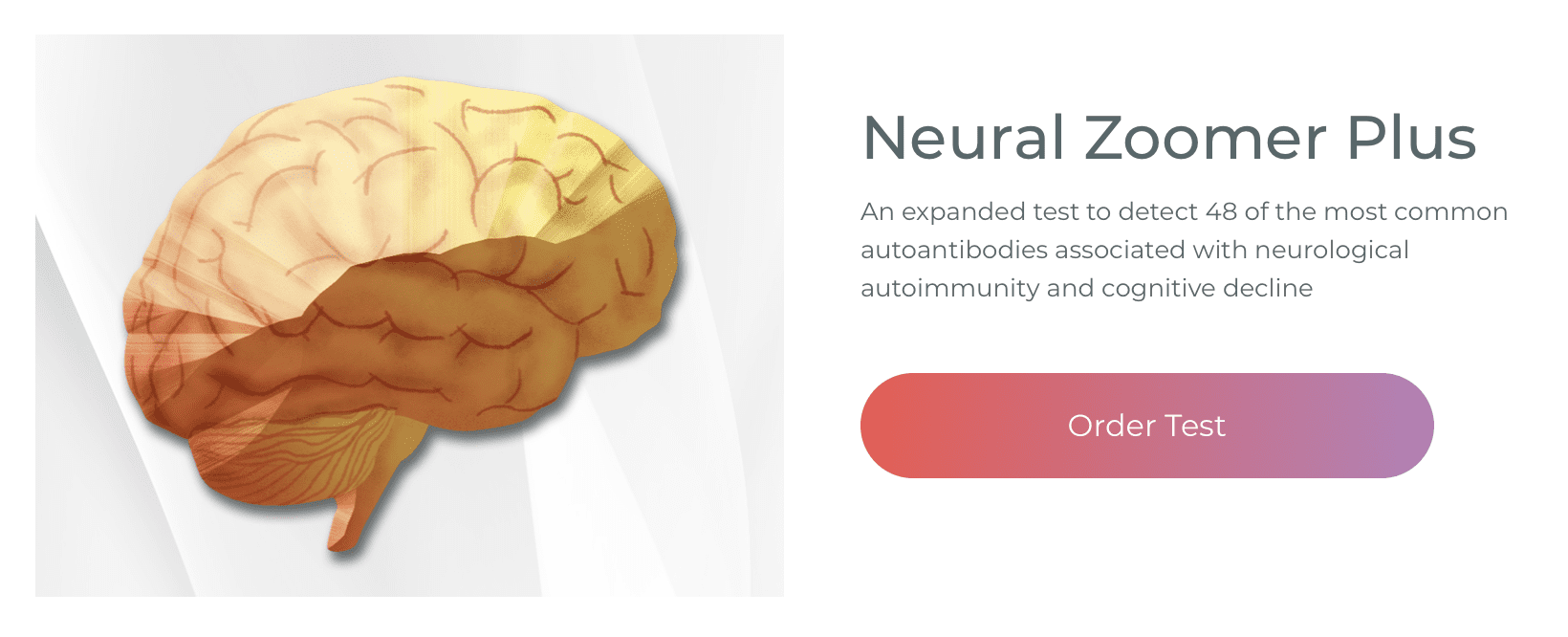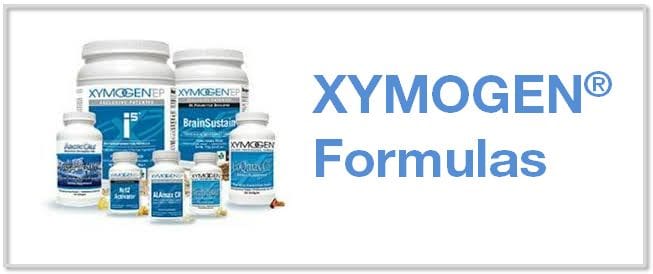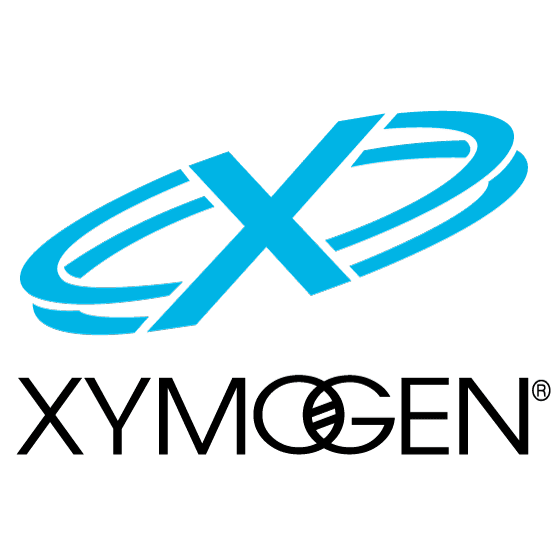About 6 million people in the United States have Alzheimer’s disease (AD) and about 50 million people worldwide have dementia. There aren’t many treatments to treat these neurological diseases. Scientists in a 2018 research study on red light therapy and mice described that “treatment for Alzheimer’s disease and dementia has not been effective for more than 100 years.†Another research study described that there is currently “no treatment to prevent brain health issues. Â
However, research studies on red light therapy as a treatment for Alzheimer’s disease and dementia have been positive over the last few years in laboratory settings with rodent models. Based on this lab data, researchers recommend red light therapy and near-infrared light therapy in human patients with AD and dementia. In this article, we will look at what the initial human research studies on red light therapy and Alzheimer’s disease/dementia have shown over the last few years. Â
Table of Contents
Red Light Therapy for Alzheimer’s and Dementia
The first few double-blinded, placebo-controlled human trials on red light therapy for AD, dementia, and other neurological diseases published in 2017 had very positive results. The data showed that red light therapy caused changes in executive function, clock drawing, immediate recall, memory, visual attention, and task switching, among other positive results. One research study showed that patients treated with transcranial light therapy experienced improvements, such as: Â
- Increased cognitive function
- Better sleep
- Fewer angry outbursts
- Less anxiety
- Less wandering
The research study noted that there were “no negative side-effects†on transcranial light therapy for neurological diseases. The research study concluded that transcranial light therapy shows potential for the treatment of brain health issues. Â
More Human Trials with Red Light Therapy in Progress
The results of these initial human trials are encouraging for Alzheimer’s disease and dementia patients and families looking for better treatment options, especially natural and non-invasive treatments with no drugs/medications or side effects. Â
In early 2019, three more human trials on red light therapy and AD/dementia have been in progress at the University of California and a hospital system in France. With the previous positive results, more and larger research studies and human trials are being organized. Scientists hope that in the following years, the base of positive evidence will be large enough to recommend red light therapy as a treatment for Alzheimer’s disease and dementia, among other neurological diseases. Â
The results from human trials over the last few years have established a much bigger base of similarly positive results from research studies of rodent brains in Alzheimer’s disease and dementia models, both of which are outlined below. Â
Red Light Therapy Reduces Oxidative Stress and Improves Memory
A 2018 research study of mice in an age-related AD/dementia model showed that red light therapy considerably reduced oxidative stress levels and restored memory function. The researchers also praised red light therapy for being a non-invasive treatment option as well as having a high rate of tissue penetration and low phototoxicity. The researchers additionally found that red light therapy not only prevented early-stage memory decline but also recovered late-stage memory deficits. Â
Researchers in a similar 2015 research study with a mouse AD/dementia model utilized near-infrared (NIR) light instead of red light therapy. The NIR treatments also reduced oxidative stress in the cerebellar cortex. The researchers concluded that NIR treatments had the ability to prevent brain degeneration in every region of the mouse brain. The research studies concluded that light therapy opens a promising opportunity to translate LED-therapy into treatments for patients. Â
Red Light Therapy Prevents Brain Degeneration
Several research studies have shown that red light therapy can suppress the buildup of Beta-amyloid (Aβ), a protein which causes senile plaques in people with Alzheimer’s disease and dementia. Synaptic dysfunction, due to the disruptive binding of (Aβ) in the brain, is one of the symptoms of AD and dementia responsible for causing initial cognitive decline. Preventing synaptic dysfunction can be an effective treatment for AD and dementia, helping to regulate and manage symptoms. Â
Red Light Therapy Improves Memory, Motor Skills, and Recognition
Research studies in 2017 evaluated the hippocampus of rat brains in an Alzheimer’s model with light therapy. Both research studies considerably reduced Aβ plaques in the rats treated with light therapy. Both research studies also tested the subjects and found that treatments reduced hippocampal neurodegeneration and improved spatial memory, recognition, and basic motor skills in the light therapy groups. Another research study also showed considerable Aβ reduction and noted that NIR light can reduce synaptic dysfunction from Aβ, showing that NIR light therapy is a viable treatment for AD and dementia. Â
Red Light Therapy Shows Promise for Neurological Diseases
The initial research studies on red light therapy for Alzheimer’s disease and dementia have ultimately been encouraging for researchers. Red light therapy is not FDA-approved for the treatment of Alzheimer’s Disease or dementia, however, there is hope that more positive results in human trials will show that light therapy is fundamental for AD and dementia treatment. Â
Based on the available base of positive evidence, however, red light therapy shows promise as a natural, non-invasive, drug/medication-free treatment for brain degeneration where pharmacological solutions have long failed. Â
By reducing oxidative stress and preventing the accumulation of the Beta-amyloid which causes brain plaques and synapse dysfunction, red light therapy offers hope towards delaying the onset of Alzheimer’s disease and dementia symptoms as well as hopefully even reversing or preventing brain degeneration and cognitive function decline. Researchers, patients, and families affected by AD and dementia will be watching closely in the following years as more positive results emerge. Â

Research studies have demonstrated positive results on red light therapy for Alzheimer’s disease and dementia. Initial research studies on mice and rat models have shown the effects of light therapy on neurological diseases. Although, more human trials are still necessary to establish the effectiveness of red light therapy for AD and dementia, the base positive results are promising. Many healthcare professionals can help treat the symptoms associated with a variety of neurological diseases, among other health issues. – Dr. Alex Jimenez D.C., C.C.S.T. Insight
Diet and Exercise for Neurological Disease
Research studies on red light therapy for AD and dementia have been positive over the last years. The initial human research studies on red light therapy and Alzheimer’s disease/dementia have been promising. The scope of our information is limited to chiropractic, musculoskeletal and nervous health issues as well as functional medicine articles, topics, and discussions. To further discuss the subject matter above, please feel free to ask Dr. Alex Jimenez or contact us at 915-850-0900 . Â
Curated by Dr. Alex Jimenez Â
Additional Topic Discussion: Chronic Pain
Sudden pain is a natural response of the nervous system which helps to demonstrate possible injury. By way of instance, pain signals travel from an injured region through the nerves and spinal cord to the brain. Pain is generally less severe as the injury heals, however, chronic pain is different than the average type of pain. With chronic pain, the human body will continue sending pain signals to the brain, regardless if the injury has healed. Chronic pain can last for several weeks to even several years. Chronic pain can tremendously affect a patient’s mobility and it can reduce flexibility, strength, and endurance.
Neural Zoomer Plus for Neurological Disease
Dr. Alex Jimenez utilizes a series of tests to help evaluate neurological diseases. The Neural ZoomerTM Plus is an array of neurological autoantibodies which offers specific antibody-to-antigen recognition. The Vibrant Neural ZoomerTM Plus is designed to assess an individual’s reactivity to 48 neurological antigens with connections to a variety of neurologically related diseases. The Vibrant Neural ZoomerTM Plus aims to reduce neurological conditions by empowering patients and physicians with a vital resource for early risk detection and an enhanced focus on personalized primary prevention. Â
Formulas for Methylation Support
XYMOGEN’s Exclusive Professional Formulas are available through select licensed health care professionals. The internet sale and discounting of XYMOGEN formulas are strictly prohibited.
Proudly, Dr. Alexander Jimenez makes XYMOGEN formulas available only to patients under our care.
Please call our office in order for us to assign a doctor consultation for immediate access.
If you are a patient of Injury Medical & Chiropractic Clinic, you may inquire about XYMOGEN by calling 915-850-0900.
For your convenience and review of the XYMOGEN products please review the following link.*XYMOGEN-Catalog-Download Â
* All of the above XYMOGEN policies remain strictly in force.
Â
Post Disclaimer
Professional Scope of Practice *
The information herein on "Red Light Therapy for Neurological Diseases" is not intended to replace a one-on-one relationship with a qualified health care professional or licensed physician and is not medical advice. We encourage you to make healthcare decisions based on your research and partnership with a qualified healthcare professional.
Blog Information & Scope Discussions
Welcome to El Paso's Premier Wellness, Personal Injury Care Clinic & Wellness Blog, where Dr. Alex Jimenez, DC, FNP-C, a Multi-State board-certified Family Practice Nurse Practitioner (FNP-BC) and Chiropractor (DC), presents insights on how our multidisciplinary team is dedicated to holistic healing and personalized care. Our practice aligns with evidence-based treatment protocols inspired by integrative medicine principles, similar to those found on this site and our family practice-based chiromed.com site, focusing on restoring health naturally for patients of all ages.
Our areas of multidisciplinary practice include Wellness & Nutrition, Chronic Pain, Personal Injury, Auto Accident Care, Work Injuries, Back Injury, Low Back Pain, Neck Pain, Migraine Headaches, Sports Injuries, Severe Sciatica, Scoliosis, Complex Herniated Discs, Fibromyalgia, Chronic Pain, Complex Injuries, Stress Management, Functional Medicine Treatments, and in-scope care protocols.
Our information scope is multidisciplinary, focusing on musculoskeletal and physical medicine, wellness, contributing etiological viscerosomatic disturbances within clinical presentations, associated somato-visceral reflex clinical dynamics, subluxation complexes, sensitive health issues, and functional medicine articles, topics, and discussions.
We provide and present clinical collaboration with specialists from various disciplines. Each specialist is governed by their professional scope of practice and their jurisdiction of licensure. We use functional health & wellness protocols to treat and support care for musculoskeletal injuries or disorders.
Our videos, posts, topics, and insights address clinical matters and issues that are directly or indirectly related to our clinical scope of practice.
Our office has made a reasonable effort to provide supportive citations and has identified relevant research studies that support our posts. We provide copies of supporting research studies upon request to regulatory boards and the public.
We understand that we cover matters that require an additional explanation of how they may assist in a particular care plan or treatment protocol; therefore, to discuss the subject matter above further, please feel free to ask Dr. Alex Jimenez, DC, APRN, FNP-BC, or contact us at 915-850-0900.
We are here to help you and your family.
Blessings
Dr. Alex Jimenez DC, MSACP, APRN, FNP-BC*, CCST, IFMCP, CFMP, ATN
email: coach@elpasofunctionalmedicine.com
Multidisciplinary Licensing & Board Certifications:
Licensed as a Doctor of Chiropractic (DC) in Texas & New Mexico*
Texas DC License #: TX5807, Verified: TX5807
New Mexico DC License #: NM-DC2182, Verified: NM-DC2182
Multi-State Advanced Practice Registered Nurse (APRN*) in Texas & Multi-States
Multistate Compact APRN License by Endorsement (42 States)
Texas APRN License #: 1191402, Verified: 1191402 *
Florida APRN License #: 11043890, Verified: APRN11043890 *
License Verification Link: Nursys License Verifier
* Prescriptive Authority Authorized
ANCC FNP-BC: Board Certified Nurse Practitioner*
Compact Status: Multi-State License: Authorized to Practice in 40 States*
Graduate with Honors: ICHS: MSN-FNP (Family Nurse Practitioner Program)
Degree Granted. Master's in Family Practice MSN Diploma (Cum Laude)
Dr. Alex Jimenez, DC, APRN, FNP-BC*, CFMP, IFMCP, ATN, CCST
My Digital Business Card
RN: Registered Nurse
APRNP: Advanced Practice Registered Nurse
FNP: Family Practice Specialization
DC: Doctor of Chiropractic
CFMP: Certified Functional Medicine Provider
MSN-FNP: Master of Science in Family Practice Medicine
MSACP: Master of Science in Advanced Clinical Practice
IFMCP: Institute of Functional Medicine
CCST: Certified Chiropractic Spinal Trauma
ATN: Advanced Translational Neutrogenomics








 Again, We Welcome You.
Again, We Welcome You.
Comments are closed.